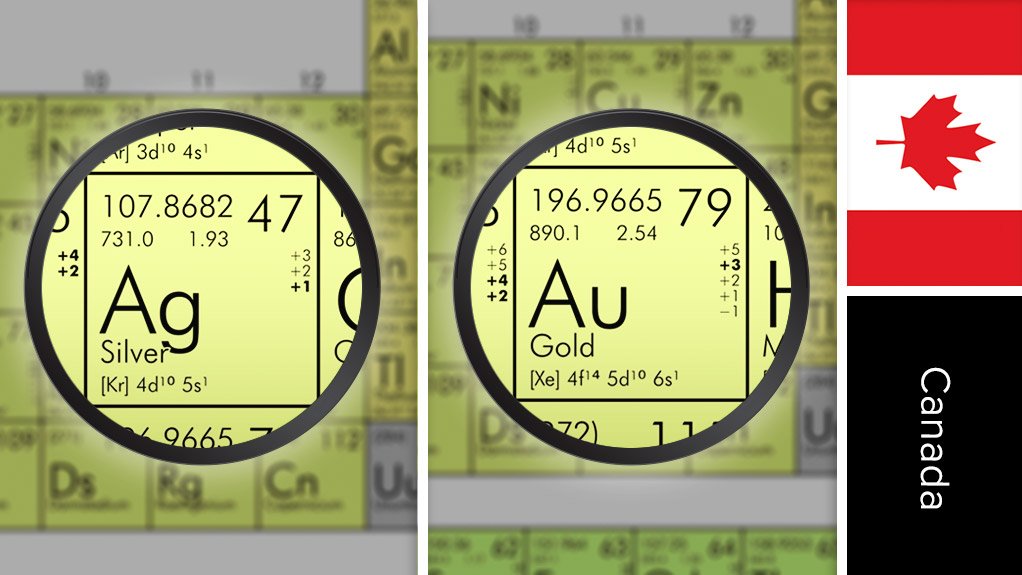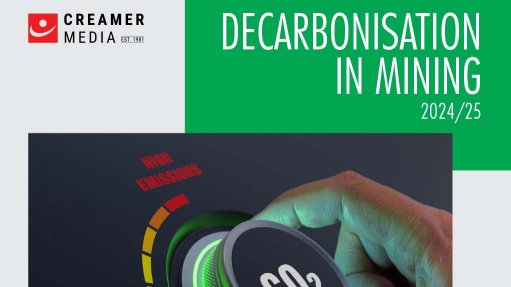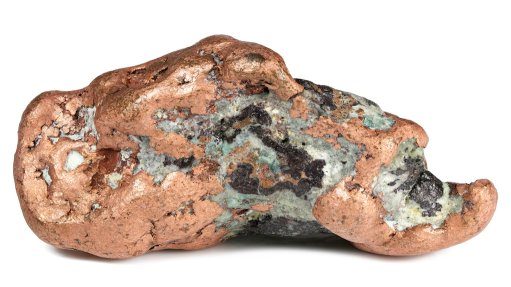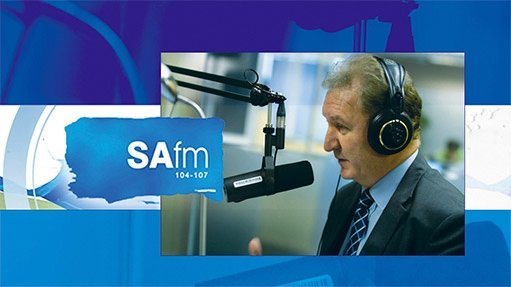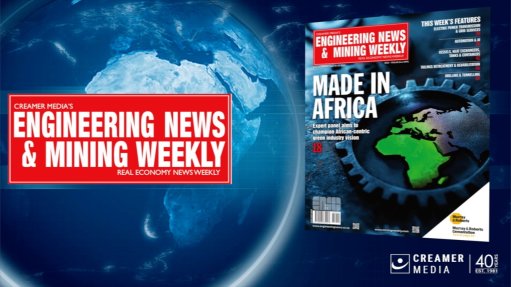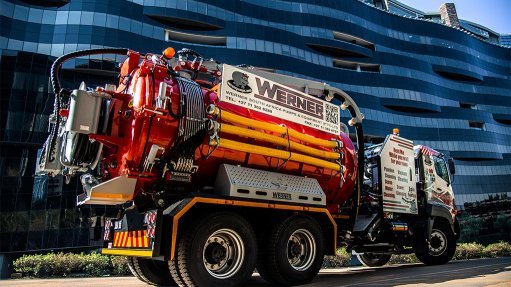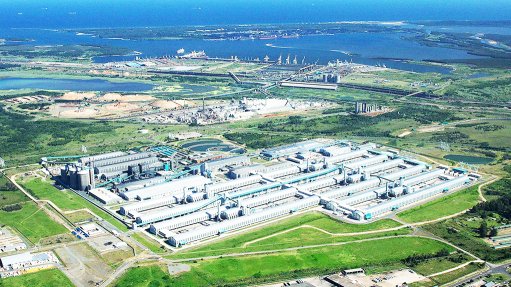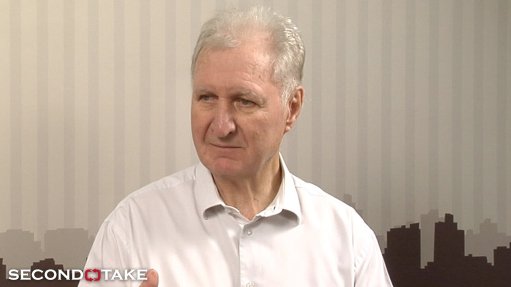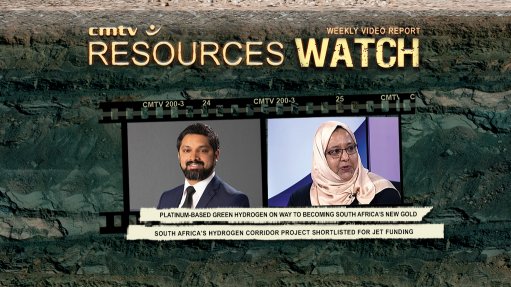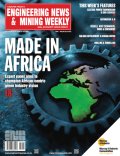Rainy River gold/silver project, Canada
Name of the Project
Rainy River gold/silver project.
Location
Ontario, Canada.
Client
New Gold Inc.
Project Description
A feasibility study has identified openpit mining as the primary method to mine the Rainy River deposit, owing to the proximity of mineralisation to the surface. Deeper, higher-grade portions of the deposit will be mined using underground mining methods. The openpit mining production schedule incorporates an elevated cutoff grade strategy during the first nine years of mining to increase the mill feed grade. Material below the elevated cutoff grade will be stockpiled for processing during the later years of the project life.
In addition, the start of production from the openpit will signify the development of the underground mine, with initial underground production expected in 2018. The targeted mill throughput of 21 000 t/d will initially be sourced exclusively from the openpit and, once in full production, the underground mine will contribute 1 500 t/d of ore, with the balance of the 19 500 t/d coming from the openpit.
At full capacity, openpit mining operations will be undertaken with an equipment fleet comprising three 216 mm blast-hole drills, one 29 m3 and two 26 m3 hydraulic shovels, one 18 m3 wheel loader and twenty-two 220 t haul trucks.
A 10 m bench height has been selected for mining.
The openpit mine will provide process plant feed, starting at a nominal rate of 21 000 t/d, or 7.7-million tonnes a year, declining to 19 500 t/d, or 7.1-million tonnes a year, once the underground mine reaches full production.
Total mining of ore, waste and overburden will peak at 69-million tonnes a year. The operational stripping ratio, excluding waste and overburden stripping during the development phase, is 3.5:1.0.
The underground mine will be accessed through a 4 km decline from a surface portal located to the east of the openpit.
The underground design supports the ultimate extraction of 1 500 t/d of ore using longitudinal longhole open stoping. The underground mineralisation occurs in subvertical horizons varying in width from about 3 m to 20 m, with the weighted average width across the various zones being about 8 m. The various areas of underground mineralisation provide for flexibility in the production schedule to recover higher-grade material earlier in the mine life. Longitudinal long-hole open stoping in each zone will proceed in a retreating pattern from the strike extent of ore to a common access point on all levels. Mining is scheduled to proceed upwards from the lowest level of the zone or from an adopted sill elevation, with backfill providing the working platform for each successive lift. On average, stopes 8 m wide, 20 m long and 20 m high have been used for mine planning. At full capacity, ore handling from underground workings to the surface will be accomplished through a fleet of four 7 m3 loaders and six 45 t haul trucks.
The 21 000 t/d process plant will use conventional crushing, grinding, leaching, carbon-in-pulp and gold recovery technology to produce gold/silver doré. The overall design uses a simple and conventional flowsheet.
Run-of-mine material will be crushed to 165 mm in the gyratory crusher and subsequently conveyed and ground in the semiautogenous mill in closed circuit using a scalping screen and pebble crusher. Undersize material from the scalping screen will be combined with the ball mill discharge and pumped to a cyclone cluster. The underflow from the cyclone cluster will feed the ball mill. A gravity circuit will treat a portion of the ball mill discharge.
The cyclone overflow will be thickened in a preleach thickener and pumped to the cyanide leaching circuit, which is designed for about 30 hours of retention time.
Jobs to be Created
There are 243 people currently on the full-time operations team, with more than 70% from local communities, including more than 30% from indigenous communities.
Net Present Value/Internal Rate of Return
Not stated.
Value
The total estimated development capital cost for the project has increased from $877-million to $982-million.
Duration
The mine is expected to start production in mid-2017.
Latest Developments
Despite construction delays and a budget overrun, construction is progressing at Rainy River, with the installation of mechanical, piping, electrical and instrumentation in processing facilities currently more than 60% complete.
About 24-million tonnes of overburden and waste stripping have been completed to date, and the mining rate in January averaged about 100 000 t/d.
New Gold expects to start staged commissioning of the processing facilities with the primary crusher in March. Dry and wet commissioning of the entire process facility is scheduled for August.
New Gold expects Rainy River to produce between 50 000 oz and 60 000 oz, including pre-commercial production of about 15 000 oz, in the 2017 financial year. Operating expense is pegged at $905/oz to $945/oz of gold and all-in sustaining costs are targeted to come in at $1 200/oz to $1 240/oz, the company advised.
Key Contracts and Suppliers
None stated.
On Budget and on Time?
The company has announced a three-month start-up delay at its billion-dollar-plus Rainy River project and a $195-million cost increase.
Analysts have noted that the update has increased uncertainty for the project, which has seen capital expenditure (capex) shifting several times over 2016, and might require the company to seek further funding to complete the project.
Management has stated that it expects the remaining 2017 Rainy River capex to total $515-million, including a $40-million contingency provision, to achieve commercial production on November 1.
Contact Details for Project Information
New Gold media and communications, Julie Taylor, tel +1 416 324 6015, fax +1 416 324-9494 or email julie.taylor@newgold.com.
Comments
Press Office
Announcements
What's On
Subscribe to improve your user experience...
Option 1 (equivalent of R125 a month):
Receive a weekly copy of Creamer Media's Engineering News & Mining Weekly magazine
(print copy for those in South Africa and e-magazine for those outside of South Africa)
Receive daily email newsletters
Access to full search results
Access archive of magazine back copies
Access to Projects in Progress
Access to ONE Research Report of your choice in PDF format
Option 2 (equivalent of R375 a month):
All benefits from Option 1
PLUS
Access to Creamer Media's Research Channel Africa for ALL Research Reports, in PDF format, on various industrial and mining sectors
including Electricity; Water; Energy Transition; Hydrogen; Roads, Rail and Ports; Coal; Gold; Platinum; Battery Metals; etc.
Already a subscriber?
Forgotten your password?
Receive weekly copy of Creamer Media's Engineering News & Mining Weekly magazine (print copy for those in South Africa and e-magazine for those outside of South Africa)
➕
Recieve daily email newsletters
➕
Access to full search results
➕
Access archive of magazine back copies
➕
Access to Projects in Progress
➕
Access to ONE Research Report of your choice in PDF format
RESEARCH CHANNEL AFRICA
R4500 (equivalent of R375 a month)
SUBSCRIBEAll benefits from Option 1
➕
Access to Creamer Media's Research Channel Africa for ALL Research Reports on various industrial and mining sectors, in PDF format, including on:
Electricity
➕
Water
➕
Energy Transition
➕
Hydrogen
➕
Roads, Rail and Ports
➕
Coal
➕
Gold
➕
Platinum
➕
Battery Metals
➕
etc.
Receive all benefits from Option 1 or Option 2 delivered to numerous people at your company
➕
Multiple User names and Passwords for simultaneous log-ins
➕
Intranet integration access to all in your organisation



